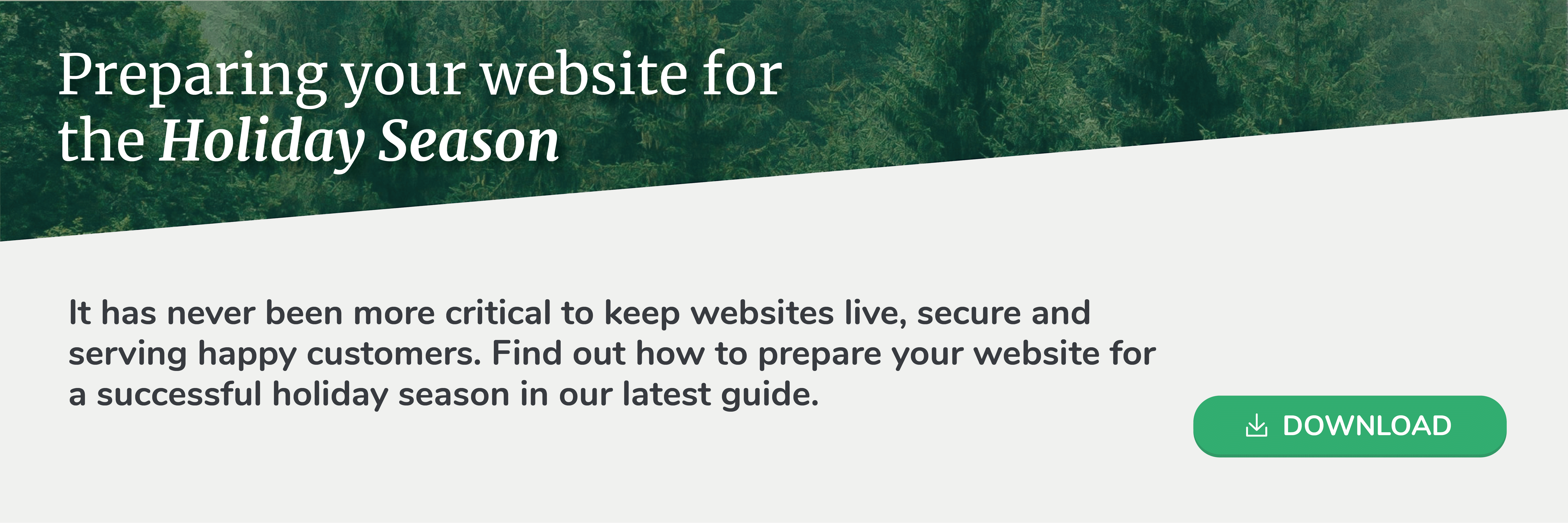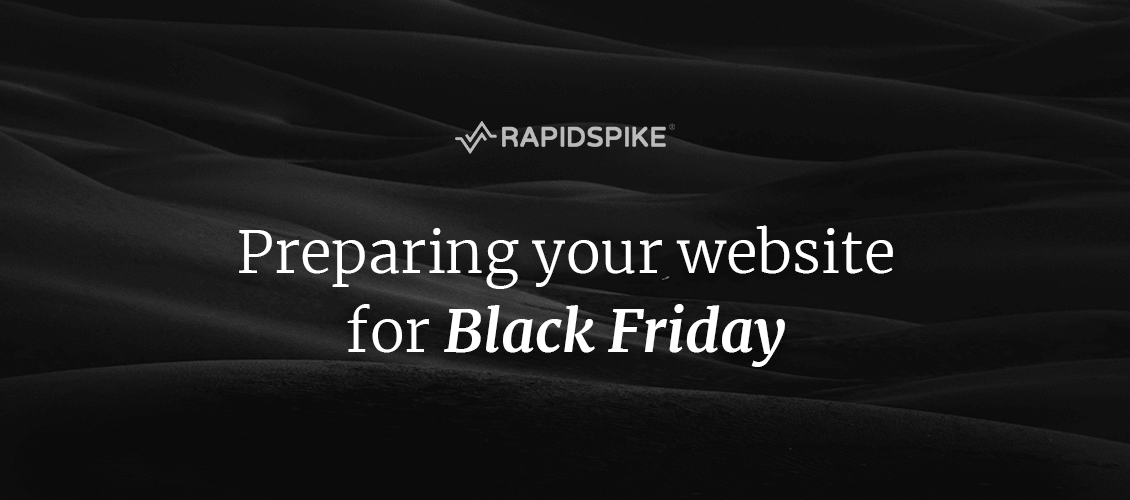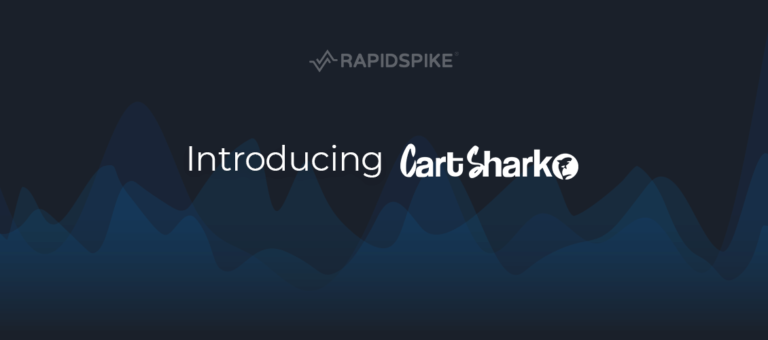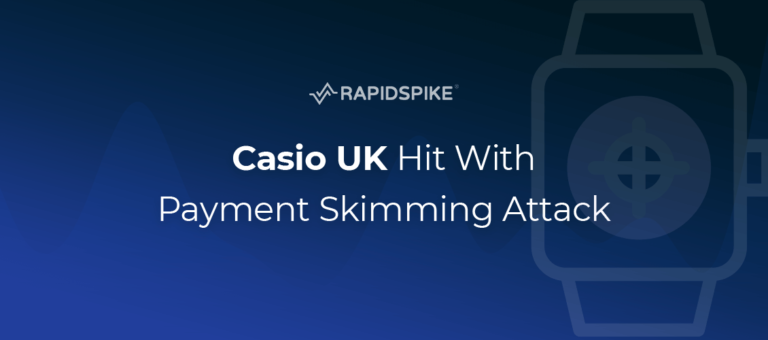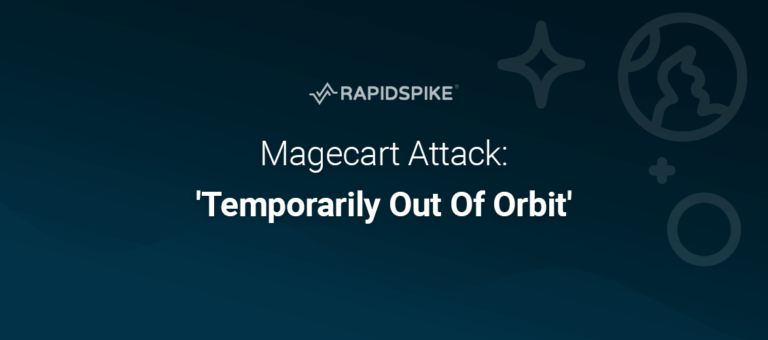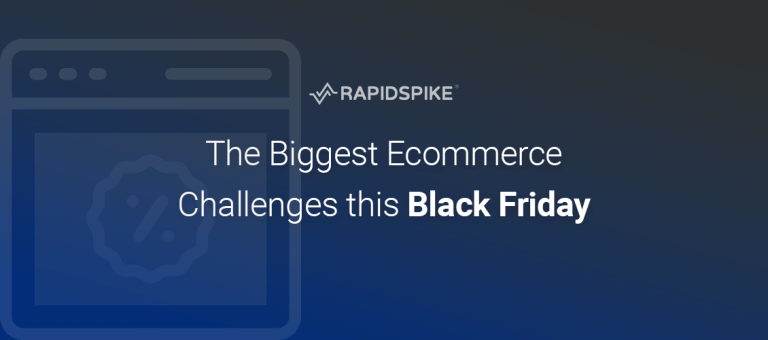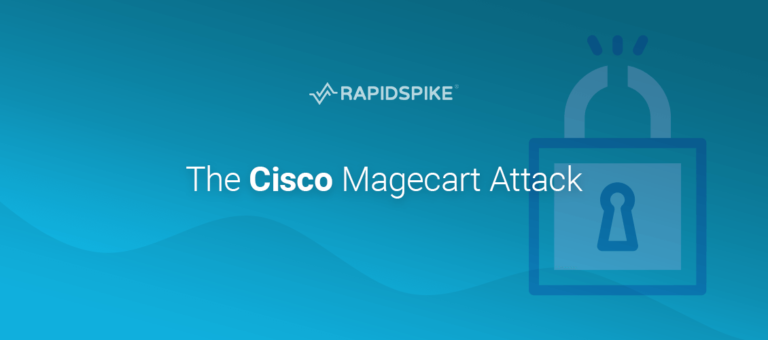Each year ecommerce sites are named and shamed for failing to prepare their website for Black Friday, sacrificing sales revenue and reputation. We explain changes companies can make in advance to mitigate outages, reduce shopping cart abandonment and improve digital experience in preparation for Black Friday 2020.
For our complete guide to Black Friday and the holiday season, download our PDF: Preparing your website for the Holiday Season.
The Black Friday Facts
The 2019 holiday season was a record-breaking sales period, with multiple increases from 2018. Overall, Salesforce data shows an 8% increase in digital spend over the 2019 shopping season from 2018, with $723bn in digital revenue worldwide. Additionally, 2019 Cyber Monday was the largest online sales day ever recorded, bringing in $9.2bn. Adobe announced U.S. Black Friday online sales came to $7.4bn in 2019, up from $6.2bn in 2018. U.S. sales for the full weekend (Thanksgiving through Cyber Monday) were over $29bn.
Although the U.K. is less involved with Black Friday campaigns, Britain also saw a 16.5% increase in Black Friday sales from 2018. Barclaycard reported the volume of transactions on Black Friday 2019 in the U.K. was up 7.2% year-on-year, while the volume of transactions on Cyber Monday rose by 6.9%.
Understand your Traffic
The first step ecommerce sites should do to prepare for Black Friday is to understand their traffic. Using analytics services such as Google Analytics or RapidSpike Real User Monitoring, you can monitor and benchmark your average traffic volume and can make an educated estimation on how much traffic your site is expecting by looking into previous sales period data.
Site traffic is highly linked to your marketing campaigns and therefore looking into how your specific social channels and campaigns perform is important too. If you are new to using analytics you can look into comparable averages for Black Friday. Ometria reports the number of on-site visits from Black Friday to Cyber Monday was 150% higher than in an average 4-day period on sites. Some sites have seen an 909% increase in traffic, such as ugg.com in 2019, according to SimilarWeb.
Make Technical changes
Once you have understood your traffic and estimated the expected increase on Black Friday weekend, you need to make technical changes to ensure your site runs smoothly with high traffic increases. RapidSpike’s Lead Systems Architect explains best practices to take in advance to Black Friday:
Step 1: Load testing gives you an idea of how much traffic volume your website can take. Analyse the data from all your infrastructures to figure out where the bottlenecks are, helping to gauge what your system can handle.
Step 2: Ensure static content is loading from a CDN (content delivery network) to offset unnecessary requests from your servers.
Step 3:
Step 4: Consider utilising serverless technology to shift the pressure of the traffic away from your own services and onto managed services that are much better suited for absorbing huge amounts of traffic.
Last resort: Implement a queue system so that the number of people interacting with their website can be controlled. This can be frustrating for customers and can lead customers away from your site. RapidSpike
Speed Up
Speed is incredibly important for Black Friday, sites need to load in under 3 seconds to avoid customers leaving. Google Lighthouse is an open-source quality testing tool built by Google. Lighthouse is a great tool for
To thoroughly understand your website speed, Page Performance tests can give you precise result figures on your site page. The Page Performance Monitor will download all elements of a page and show file size and load time, which you can track over time. One of the best ways to increase site speed is to compress large images and videos to make them smaller and remove any unnecessary third-party tools.
It is important to fix slow-loading elements in general, however, you may decide to turn off all non-essential third-parties entirely for Black Friday weekend, as these usually take a long time to load. Once you have made changes to your site, make sure to monitor page performance and compare tests to ensure new elements don’t create new issues.
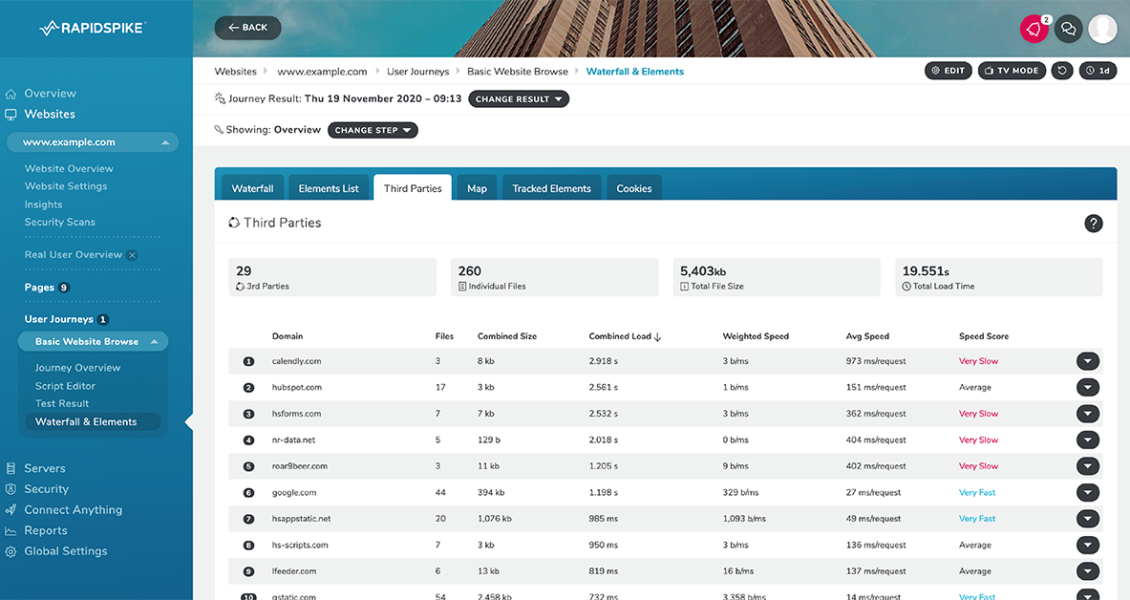
Customer Experience
Looking into your Real Users is not only beneficial for marketing efforts but can also help understand conversions. Track real users interactions with your site, pinpoint when traffic volume impacts the website and make changes to improve those areas of the site.
Make sure site navigation is optimised to work with consumers and is what customers would expect of an ecommerce site. Avoid making stylistic choices which poorly affect customer experience. Poor website designs lead to frustrated customers, follow a simple navigation checklist to ensure your site is customer-focused.
An
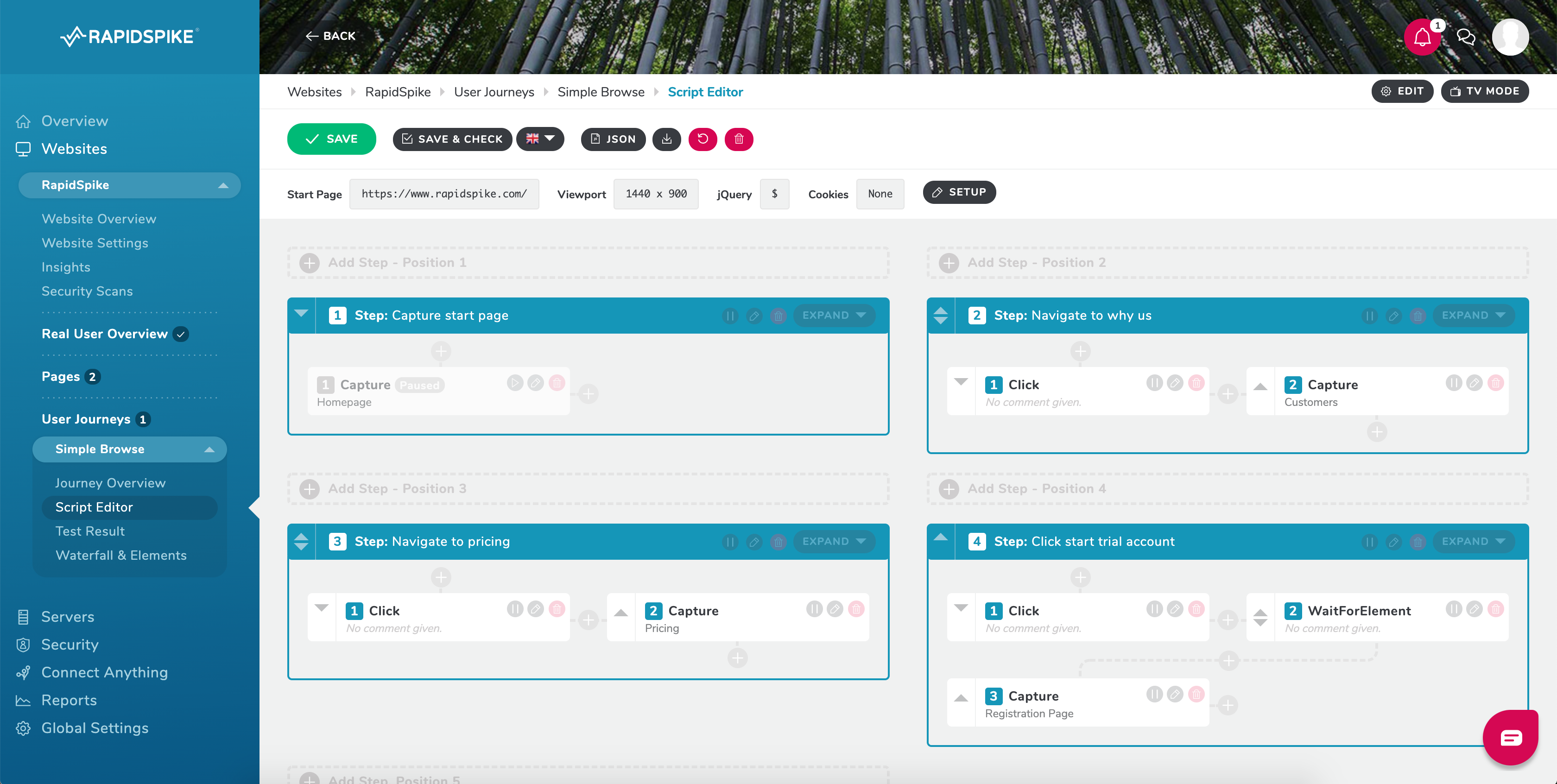
Black Friday Security
The best approach to ecommerce security in the holiday period is defence in depth. RapidSpike advocates a layered approach using multiple tools to ensure coverage across a variety of potential security issues. Companies need to have security measures in place to both prevent and detect attacks. Attackers are coming up with new ways to disguise their attack techniques, therefore companies need to continuously analyse their site for vulnerabilities as well as monitor for attacks.
A growing threat that ecommerce companies should be aware of this year is Magecart. With an increase in online sales, there’s an increase in opportunity for Magecart victims. Magecart will be preparing for Black Friday and taking advantage of any site with vulnerabilities.
Ecommerce sites need to take responsibility
